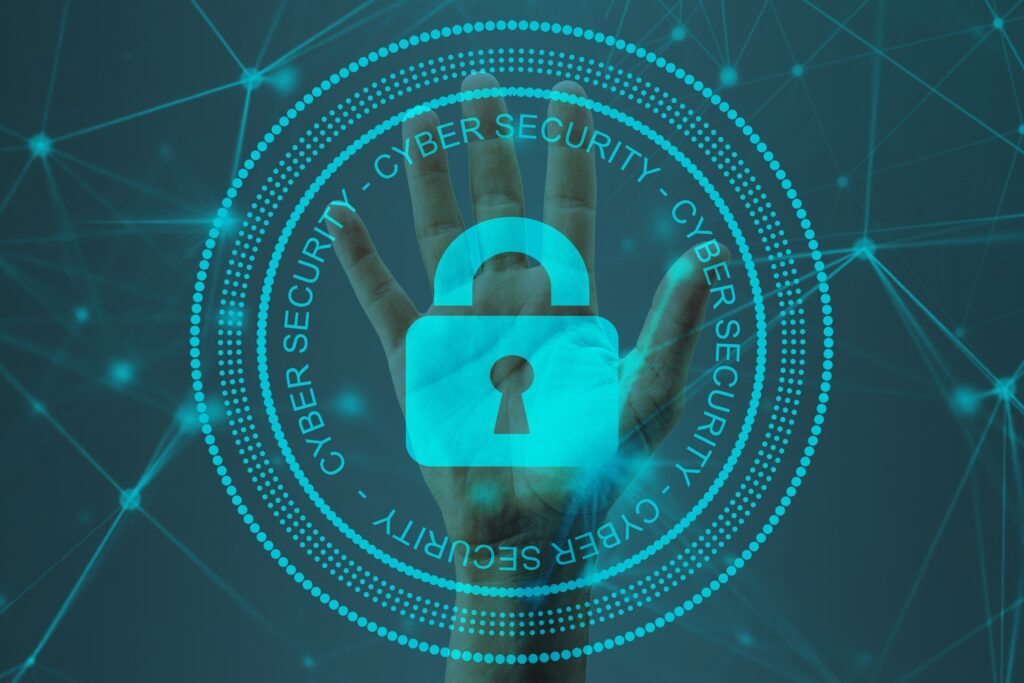In cybersecurity, "validation" and "exposure management" have emerged as critical components of a strong defence strategy. While these concepts may have originated from industry analysis, their significance lies in addressing enhanced and integrated technological solutions, echoing the sentiments of organisations and security professionals globally.

Enhancing Efficiency and Accuracy in Cybersecurity Measures
As executives become more involved in cybersecurity decision-making, there is an increasing demand for comprehensive security measures that go beyond mere threat detection.
Organisations are now seeking proactive approaches and continuous improvement of their security posture to mitigate potential risks effectively. This change in market dynamics is prompting standalone vendors to explore new capabilities, extend existing technologies, or form strategic partnerships to offer customers a wider range of solutions.
Cybersecurity validation is an “integrated automated solution that is repeatable and scalable to ensure predictable benchmarks and goal setting.”
Modern enterprises demand efficient, repeatable, and scalable security measures. As a result, integrated security offerings are becoming more and more popular. Such integration facilitates repeatability and ensures consistent and accurate results. At the same time, scalability has become increasingly important for organisations dealing with expanding attack surfaces and evolving IT environments.
Some examples of cybersecurity validation tools include penetration testing as a service (PTaaS), attack surface management (ASM), exposure management (EM), automated penetration testing, and red teaming.
Establishing Exposure Management
Exposure management delves deeper into an organisation’s attack surface, offering a comprehensive view akin to that of an attacker. Yet, merely adopting an attacker’s perspective is no longer sufficient.
Organisations must go beyond identifying common vulnerabilities and exposures (CVEs) to strengthen their security ecosystem and instead focus on discovering, prioritising, and remediating them.
Establishing a strong exposure management program means addressing critical questions:
- Are risk tolerances aligned with business objectives through ongoing discussions with executives and the board?
- Are roles across departments clearly defined in the incident response plan to prevent confusion?
- How will risk and exposure be effectively reported and prioritised across departments?
- Are there established channels for resolution involving various departments and leaders?
Context in Effective Cybersecurity
Context, which includes assets, security controls, conditions, circumstances, and the broader IT environment surrounding a security event, incident, or vulnerability, is crucial for making well-informed decisions. It plays a pivotal role in enhancing the discovery and validation of vulnerabilities, supporting:
Decision-making by leveraging supplementary information for accurate judgments. This improves the quality of decisions in response to security threats and ensures these decisions align with the organisation’s security strategy and risk appetite.
Adapting to changing environments to ensure data is updated and includes recent attacks and tactics. By continuously integrating new information about emerging threats and adapting security measures accordingly, organisations can stay one step ahead of potential attackers and better protect their critical assets.
Improving accuracy in risk assessment by understanding various factors involved. A comprehensive context allows for a more nuanced view of the security landscape, enabling organisations to identify and prioritise risks based on their specific impact and likelihood rather than relying on generic threat models.
Swift incident response by providing essential details such as attack source, path, and affected systems. Having immediate access to detailed contextual information about an incident enables faster and more effective response actions, minimising potential damage and facilitating faster recovery from security breaches.
Enhancing Cybersecurity: Strategies and Solutions
In response to the escalating complexity of cybersecurity threats, there’s an increased demand for advanced technologies and services that offer a unified source of truth. These solutions must align closely with security operations, leveraging contextual understanding to assess business risk and drive actionable change.
Achieving this requires cybersecurity service providers to redefine their offerings, integrating features and functionalities to enhance effectiveness and serve as a single source of truth.
Ultimately, integrating validation and exposure management is a beacon of hope. By embracing these principles and leveraging contextual understanding, organisations can stay resilient against evolving threats. Cybersecurity service providers play a pivotal role, ushering in a new era of security excellence and resilience.




